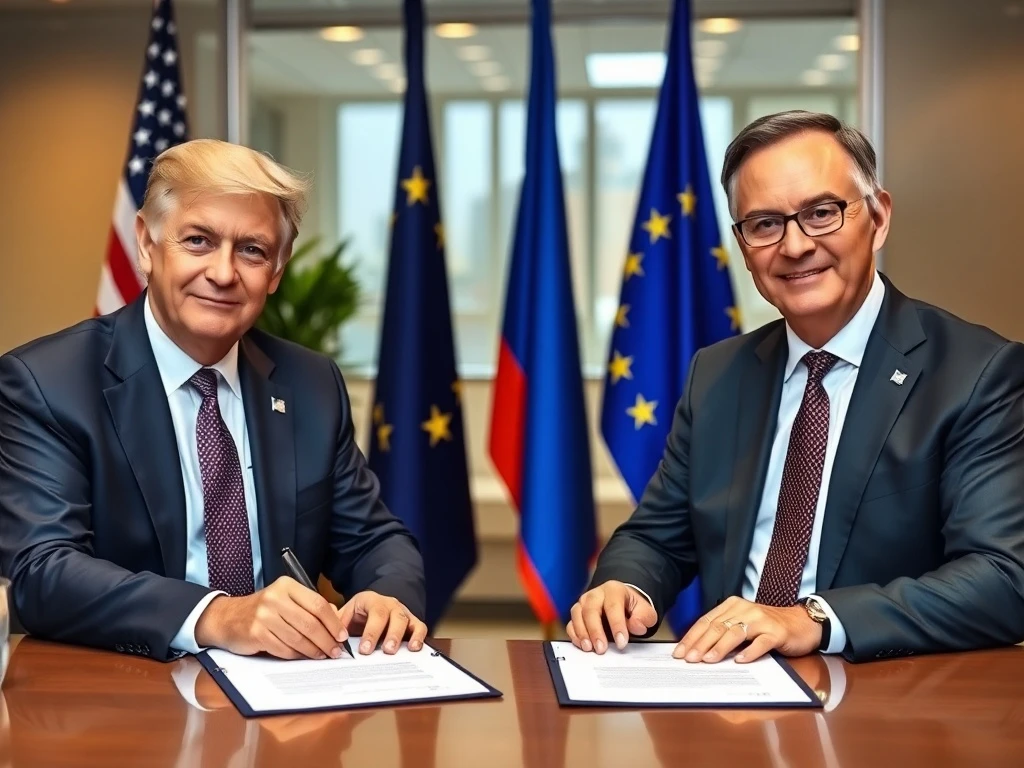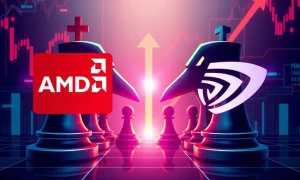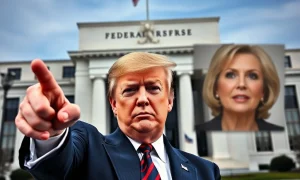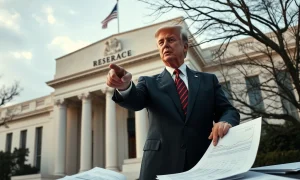In a landmark development for international trade, the United States and European Union have officially cemented their comprehensive tariff agreement, specifically addressing liquefied natural gas (LNG) exports and artificial intelligence chip purchases. This groundbreaking US-EU tariff deal represents a significant shift in transatlantic economic cooperation.
Key Components of the US-EU Tariff Deal
The finalized agreement contains several critical provisions. Both parties have committed to reducing trade barriers significantly. The deal specifically addresses energy security concerns through LNG arrangements. Additionally, it establishes frameworks for AI technology exchange. This comprehensive approach ensures balanced benefits for both economic blocs.
LNG Provisions in the Agreement
The LNG component guarantees stable energy supplies for European nations. American exporters gain assured market access to EU countries. Consequently, energy security receives a substantial boost across Atlantic partners. The agreement sets clear pricing mechanisms and delivery schedules. Furthermore, it includes environmental standards for LNG transportation.
AI-Chip Technology Cooperation
Artificial intelligence chip provisions form another crucial element. The deal facilitates technology transfer between US and EU companies. It establishes joint research initiatives for semiconductor development. Moreover, it creates streamlined procurement processes for AI components. This cooperation enhances technological competitiveness for both regions.
Economic Impact Assessment
Economists project substantial benefits from this US-EU tariff deal. Trade volumes between the regions should increase significantly. Businesses gain from reduced compliance costs and tariffs. Consumers benefit from more competitive pricing. The agreement also stimulates job creation in key sectors.
Implementation Timeline and Next Steps
The implementation process will occur in phased stages. Initial provisions take effect within six months. Full implementation requires approximately two years. Regular review mechanisms ensure proper execution. Both parties committed to ongoing dialogue for adjustments.
Global Trade Implications
This US-EU tariff deal influences global trade patterns significantly. It sets new standards for international economic cooperation. Other nations may seek similar agreements with both blocs. The deal strengthens Western economic alliances substantially. It also demonstrates successful multilateral negotiation approaches.
Frequently Asked Questions (FAQs)
What specific tariff reductions does the agreement include?
The agreement eliminates tariffs on over 90% of goods traded between the US and EU. It specifically removes all tariffs on LNG exports and AI-chip technologies. Remaining tariffs will phase out over a 36-month period.
How will the LNG provisions affect energy prices?
Experts predict stabilized energy prices for European consumers. The guaranteed supply arrangements prevent price volatility. American producers benefit from long-term supply contracts. The agreement includes price review mechanisms every two years.
What safeguards protect intellectual property in AI-chip transfers?
The agreement contains robust IP protection protocols. It establishes joint enforcement mechanisms between US and EU authorities. Companies maintain control over proprietary technologies. The deal includes dispute resolution processes for IP violations.
When do the agreement’s provisions take effect?
Initial provisions become active in January 2024. The LNG arrangements commence immediately upon ratification. AI-chip provisions follow a staggered implementation schedule. Full tariff elimination completes by December 2026.
How does this agreement affect other trading partners?
The deal complies with World Trade Organization regulations. It includes most-favored-nation provisions where applicable. Third countries can negotiate similar terms through separate agreements. The arrangement doesn’t prevent other trade partnerships.
What monitoring mechanisms ensure compliance?
A joint US-EU committee oversees implementation. Regular progress reports occur quarterly. Both parties maintain dispute settlement procedures. Independent auditors verify compliance with all provisions.








